Home>Articles>Can You Flush The Toilet When The Power Is Out
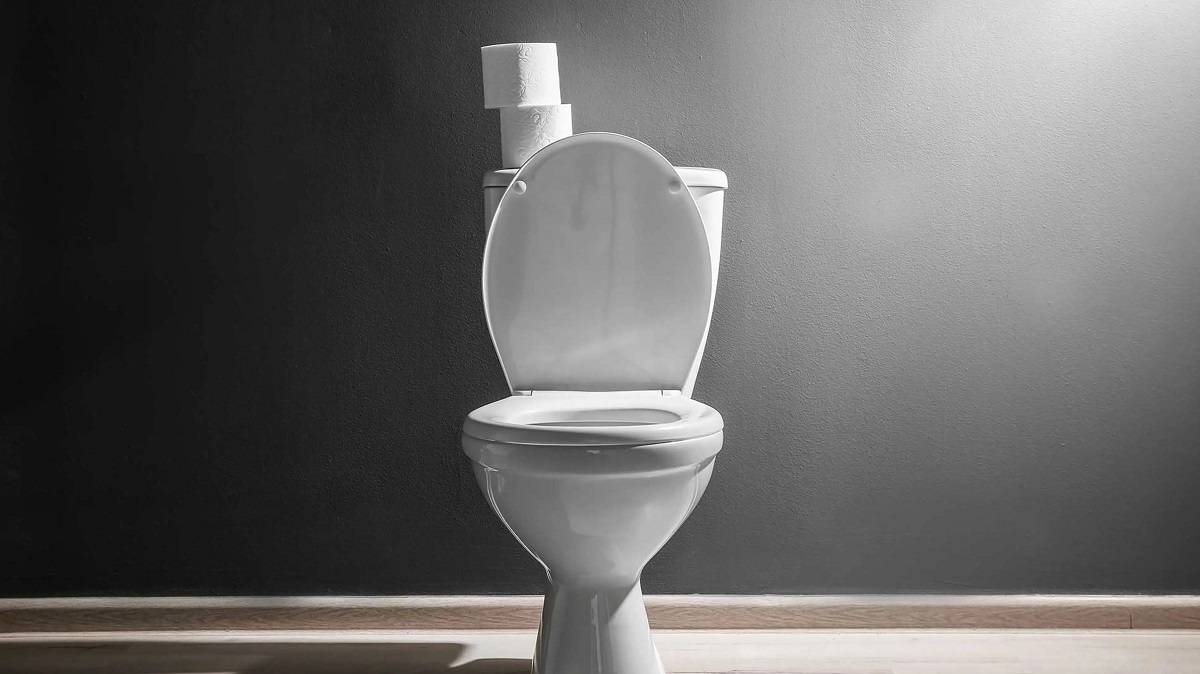

Articles
Can You Flush The Toilet When The Power Is Out
Modified: March 23, 2024
Discover the answer to the question "Can you flush the toilet when the power is out?" in our informative articles. Learn what to do in emergency situations.
(Many of the links in this article redirect to a specific reviewed product. Your purchase of these products through affiliate links helps to generate commission for Storables.com, at no extra cost. Learn more)
Introduction
In our modern lives, we rely heavily on electricity to power our daily activities. From lighting our homes to running our appliances, electricity is an essential part of our lives. However, what happens when the power goes out? How does it impact even the most basic daily functions, such as flushing the toilet?
In this article, we will explore the functioning of a toilet, what happens when the power goes out, factors to consider before flushing in a power outage, alternatives to flushing, and precautions to take. By understanding these aspects, you will be better prepared and informed in case you ever find yourself facing a power outage.
So, let’s dive into the topic and answer the burning question: Can you flush the toilet when the power is out?
Key Takeaways:
- During a power outage, flushing the toilet may not be feasible due to the lack of electricity affecting the toilet’s functioning. Consider alternative methods like manual filling or portable toilets to manage waste effectively.
- Factors such as water supply, plumbing system, and safety concerns should be considered before attempting to flush the toilet during a power outage. Explore alternative options and prioritize hygiene and safety during this time.
Read more: Toilet Noise When Flushing
Understanding the Functioning of a Toilet
Before we delve into the question of whether you can flush the toilet when the power is out, it’s important to have a basic understanding of how a toilet works.
A toilet consists of two main components: the bowl and the tank. The bowl is the part you sit on and where waste collects. The tank, typically located at the top of the bowl, holds the water necessary for flushing and refilling the bowl.
When you flush a toilet, a mechanism known as the flush valve is activated, allowing water from the tank to rush into the bowl. This sudden surge of water creates a force that pushes waste down the drain and out of the toilet. The tank then refills with water, ready for the next flush.
Now that we have a basic understanding of how a toilet works, let’s move on to what happens when the power goes out.
What Happens When the Power Goes Out?
When the power goes out, your home’s electrical system is no longer able to supply electricity to the various appliances and devices that rely on it. This includes the components of your toilet system, such as the flush valve and the tank’s refill mechanism.
Without electricity, the flush valve is unable to open, and the water in the tank remains static. This means that when you attempt to flush the toilet during a power outage, no water will flow into the bowl to create the necessary force to push waste down the drain.
Additionally, since the tank is not refilling, there won’t be a fresh supply of water available for subsequent flushes. This can pose a challenge, especially in situations where the power outage lasts for an extended period.
Now that we understand the limitations imposed by a power outage let’s explore the factors you need to consider before attempting to flush the toilet.
Factors to Consider Before Flushing the Toilet
Before you attempt to flush the toilet during a power outage, there are a few factors to consider to avoid any potential issues or complications. These factors will help you determine the best course of action for your specific situation.
1. Duration of the Power Outage: Consider how long the power outage is expected to last. If it’s a short-term outage and you have limited water supply, it may be best to avoid flushing the toilet to conserve water. However, if the outage is expected to last for an extended period, you’ll need to find alternative solutions.
2. Available Water Supply: Assess whether you have a backup water supply in your home, such as a rainwater tank or bottled water. If you do, you may be able to manually fill the tank and flush the toilet. However, be mindful of the amount of water you have available and use it sparingly.
3. Plumbing System: Take into account the state of your plumbing system. If your toilet is connected to a septic tank or a municipal sewage system, flushing during a power outage may not be the best option. In such cases, it’s advisable to limit toilet usage until power is restored.
4. Hygiene and Odor Control: In situations where it’s not possible to flush the toilet, consider using alternative methods to maintain hygiene and control odors. You can use portable camping toilets, chemical toilets, or even dispose of waste in outdoor facilities if available.
5. Safety Concerns: Lastly, consider your safety and that of others in your household. If the power outage is due to severe weather conditions or other emergencies, prioritize your well-being and focus on emergency preparedness rather than flushing the toilet.
By carefully considering these factors, you’ll be able to make an informed decision on whether or not to attempt flushing the toilet during a power outage. However, it’s important to know there are alternative options available.
If the power is out, you can still flush the toilet by pouring a bucket of water into the bowl. This will create enough pressure to flush the waste down the drain.
Alternatives to Flushing
When facing a power outage and unable to flush the toilet, there are several alternative options you can consider to maintain hygiene and manage waste effectively. These alternatives can help minimize any inconveniences and prevent any potential plumbing issues.
1. Manual Filling: If you have access to water from an alternative source, such as a backup water supply or a nearby stream, you can manually fill the tank using a bucket or container. This allows you to flush the toilet as you normally would, albeit without the convenience of automated flushing.
2. Bucket Flushing: Another option is to use the bucket-flush method. Fill a large bucket or container with water and pour it into the bowl forcefully. The force of the water should be enough to push waste down the drain, mimicking the flush mechanism. However, be cautious not to overflow the toilet bowl.
3. Waterless Sanitation Systems: Waterless sanitation systems, such as composting toilets or dry toilets, are designed to function without the need for water. These systems use natural processes to decompose waste, making them a viable long-term solution for areas with limited water supply or during power outages. Explore these options if you’re looking for a sustainable and water-efficient alternative.
4. Portable Toilets: Consider using portable camping toilets or chemical toilets as temporary alternatives. These portable options come with waste containment bags or compartments and can be easily emptied or disposed of once the power is restored.
5. Outdoor Facilities: If circumstances permit, you may also consider utilizing outdoor facilities, such as public restrooms or portable restrooms in the vicinity. These facilities are equipped to handle waste and provide a more hygienic solution during a power outage.
Remember, these alternatives are temporary solutions and should be used responsibly. Practice good hygiene habits, dispose of waste properly, and ensure that you follow any local regulations and guidelines.
Read more: Toilet Squeals When Flushed
Precautions to Take When Flushing During a Power Outage
While it may be possible to flush the toilet during a power outage using alternative methods, it’s important to take certain precautions to ensure the process is safe and effective. By following these precautions, you can avoid potential plumbing issues and maintain a hygienic environment.
1. Avoid Overfilling: When manually filling the tank or using the bucket-flush method, be cautious not to overfill the toilet bowl. Overfilling can lead to water overflow and potential water damage to your bathroom. Use just enough water to mimic a regular flush without exceeding the bowl’s capacity.
2. Use Water Sparingly: If your water supply is limited, use water sparingly. This includes both manual filling and bucket-flushing methods. Conserve water by only using what is necessary to flush waste effectively. Consider reusing water, such as water used for washing hands or dishes, to minimize water wastage.
3. Be Mindful of Plumbing System: Pay attention to your plumbing system’s limitations during a power outage. If you’re connected to a septic tank or a municipal sewage system, be cautious about flushing waste excessively. Excessive flushing can overload the system, leading to backups or other plumbing issues. Limit toilet usage if necessary.
4. Dispose of Waste Responsibly: If you are using portable toilets or other alternative sanitation systems, ensure that waste is disposed of properly. Follow the manufacturer’s instructions for emptying and cleaning the portable toilets. If using outdoor facilities or public restrooms, adhere to proper waste disposal etiquette and guidelines.
5. Maintain Hygiene: Keep hygiene a priority during a power outage. Wash your hands thoroughly with soap and water, or use hand sanitizer if water is not available. Use disinfectant wipes or sprays to clean the toilet area and surfaces regularly to prevent the spread of germs.
6. Prioritize Safety: Always prioritize your safety and that of others in your household. If the power outage is the result of severe weather conditions or other emergencies, ensure you have emergency supplies readily available. If using candles or other alternative light sources, exercise caution to avoid fire hazards.
By taking these precautions, you can flush the toilet safely and effectively during a power outage. Remember to use water and resources responsibly and maintain a hygienic environment until the power is restored.
Conclusion
In conclusion, flushing the toilet during a power outage can be challenging, as the lack of electricity disrupts the normal functioning of the toilet system. However, by understanding the functioning of a toilet, considering the factors at play, and exploring alternative options, you can effectively manage waste and maintain hygiene during this time.
Factors such as the duration of the power outage, the availability of water supply, and the state of your plumbing system should be taken into account before attempting to flush the toilet. If flushing is not feasible, alternative methods such as manual filling, bucket flushing, or utilizing portable toilets can be considered.
When employing these alternative methods, it’s important to exercise caution and follow the necessary precautions. Avoid overfilling the toilet bowl, use water sparingly, and be mindful of your plumbing system’s limitations. Dispose of waste responsibly and prioritize hygiene by washing hands and cleaning the toilet area regularly.
Finally, always prioritize safety during a power outage. Assess the situation, follow emergency protocols, and have necessary emergency supplies prepared to ensure the well-being of yourself and your household.
Remember, while a power outage may disrupt our normal routines, being prepared and adaptable can help us overcome the challenges that arise. By understanding the limitations and exploring alternative options, you can navigate through a power outage with ease and practicality.
So, the next time you find yourself without power and wondering if you can flush the toilet, keep in mind the information and considerations discussed in this article. Stay informed, stay prepared, and maintain a hygienic environment even during a power outage.
Frequently Asked Questions about Can You Flush The Toilet When The Power Is Out
Was this page helpful?
At Storables.com, we guarantee accurate and reliable information. Our content, validated by Expert Board Contributors, is crafted following stringent Editorial Policies. We're committed to providing you with well-researched, expert-backed insights for all your informational needs.
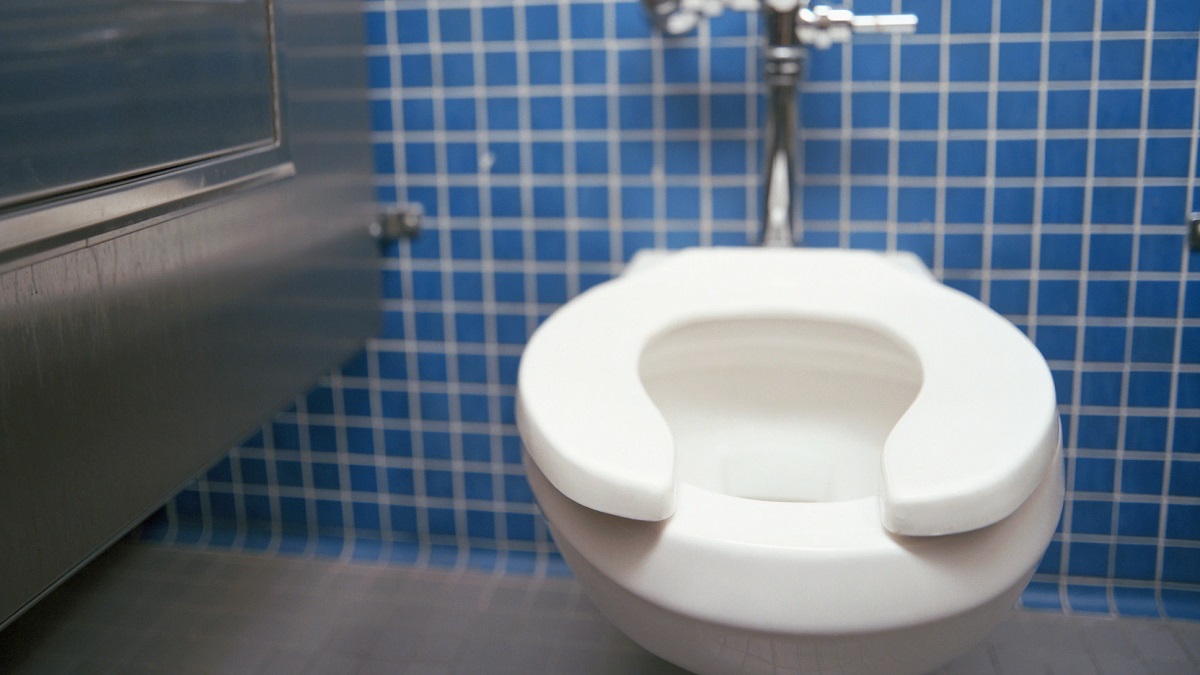
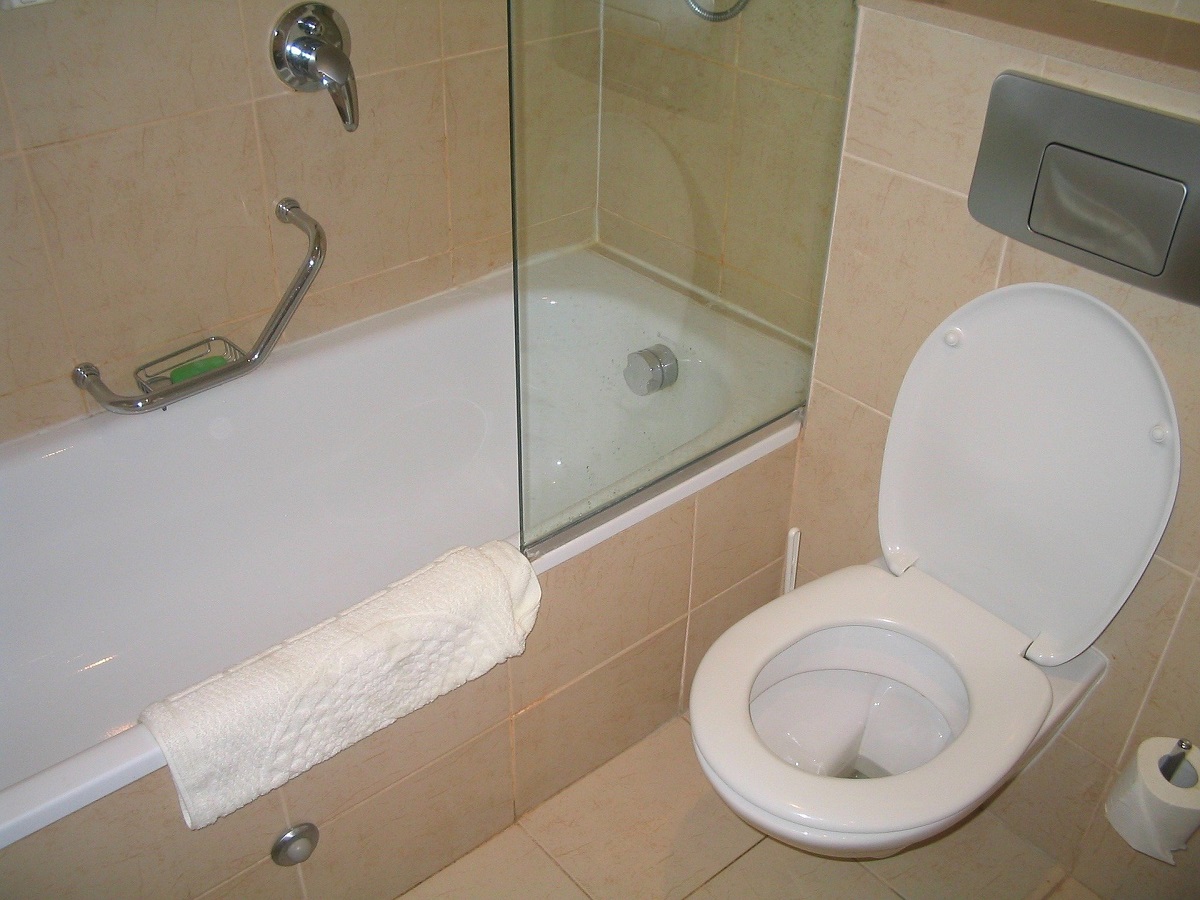
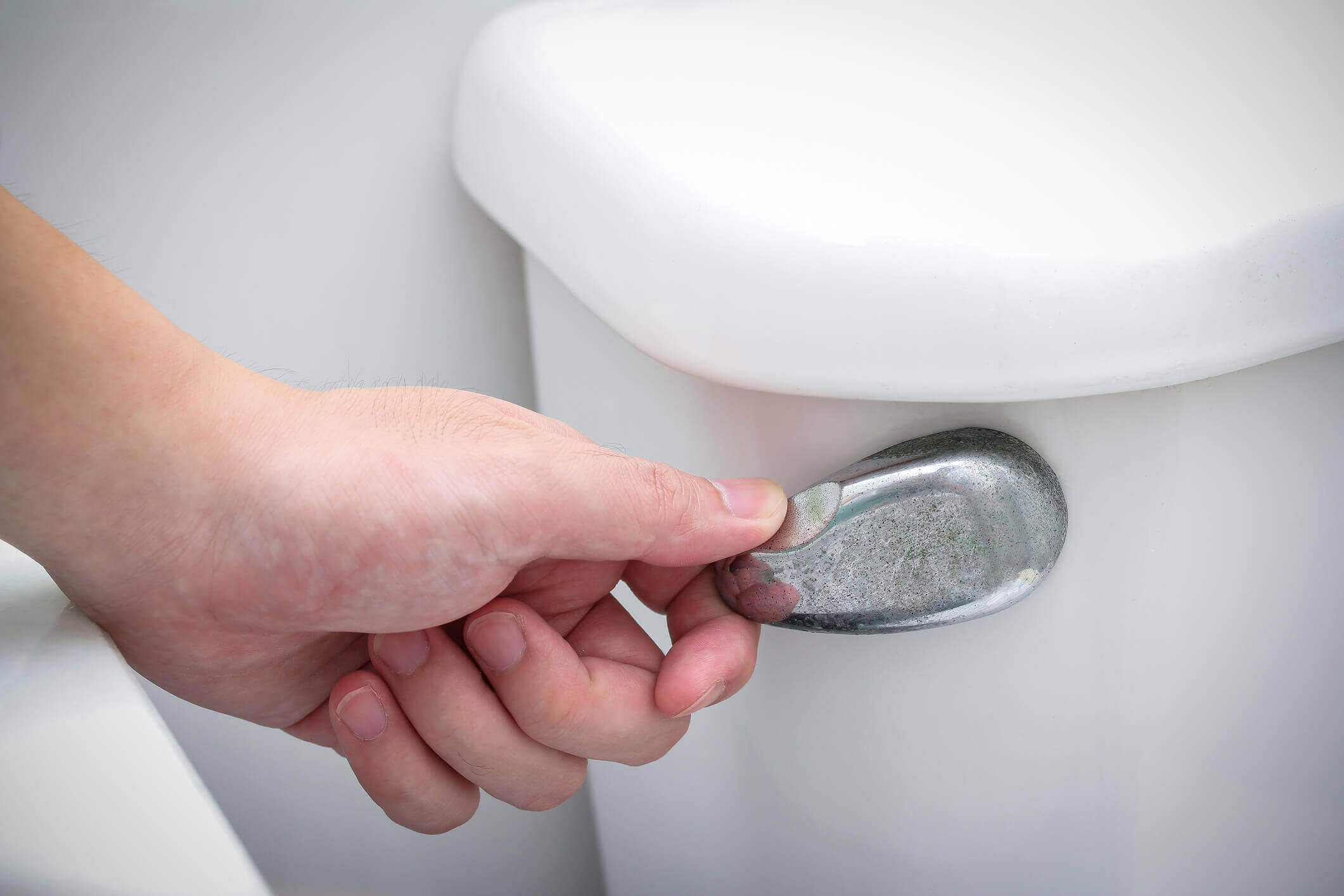
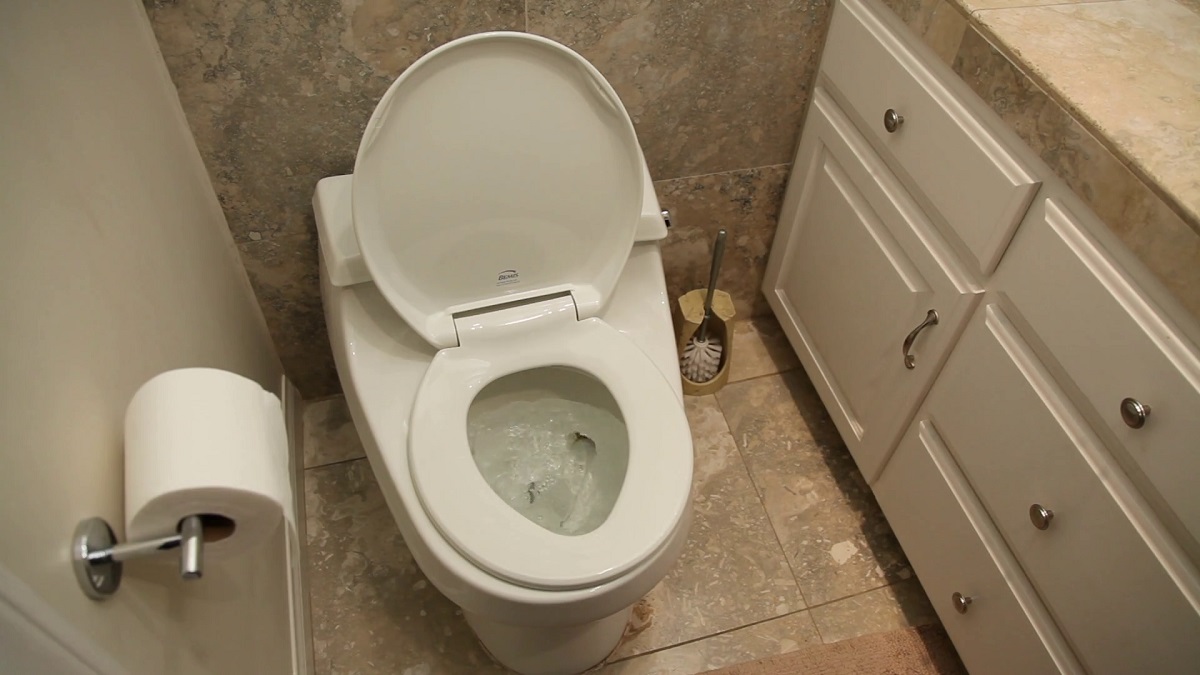

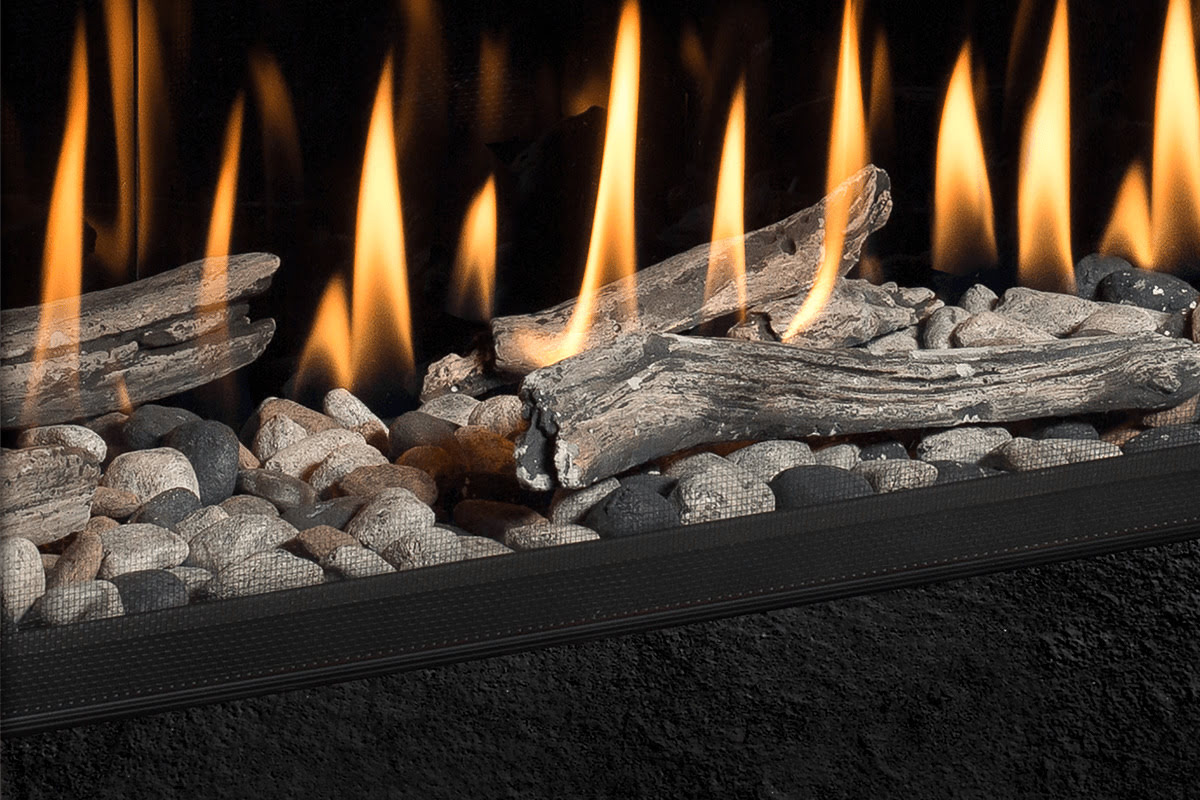
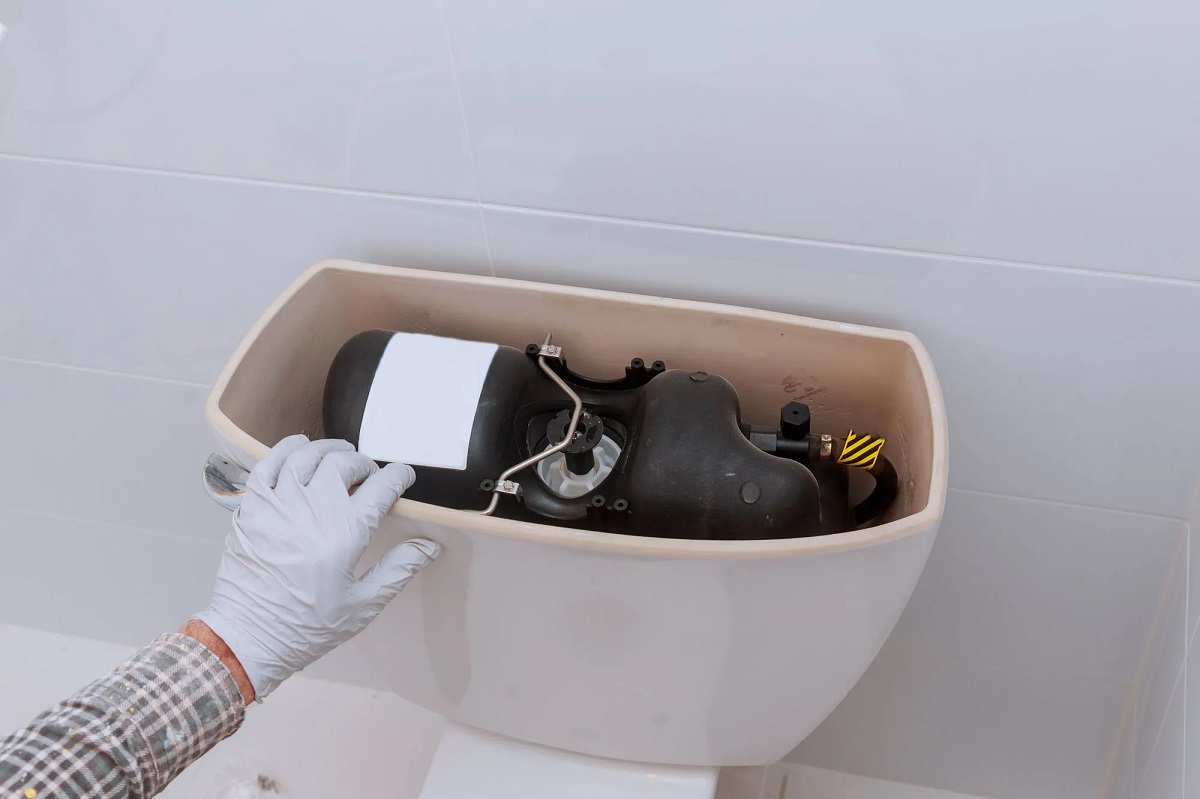
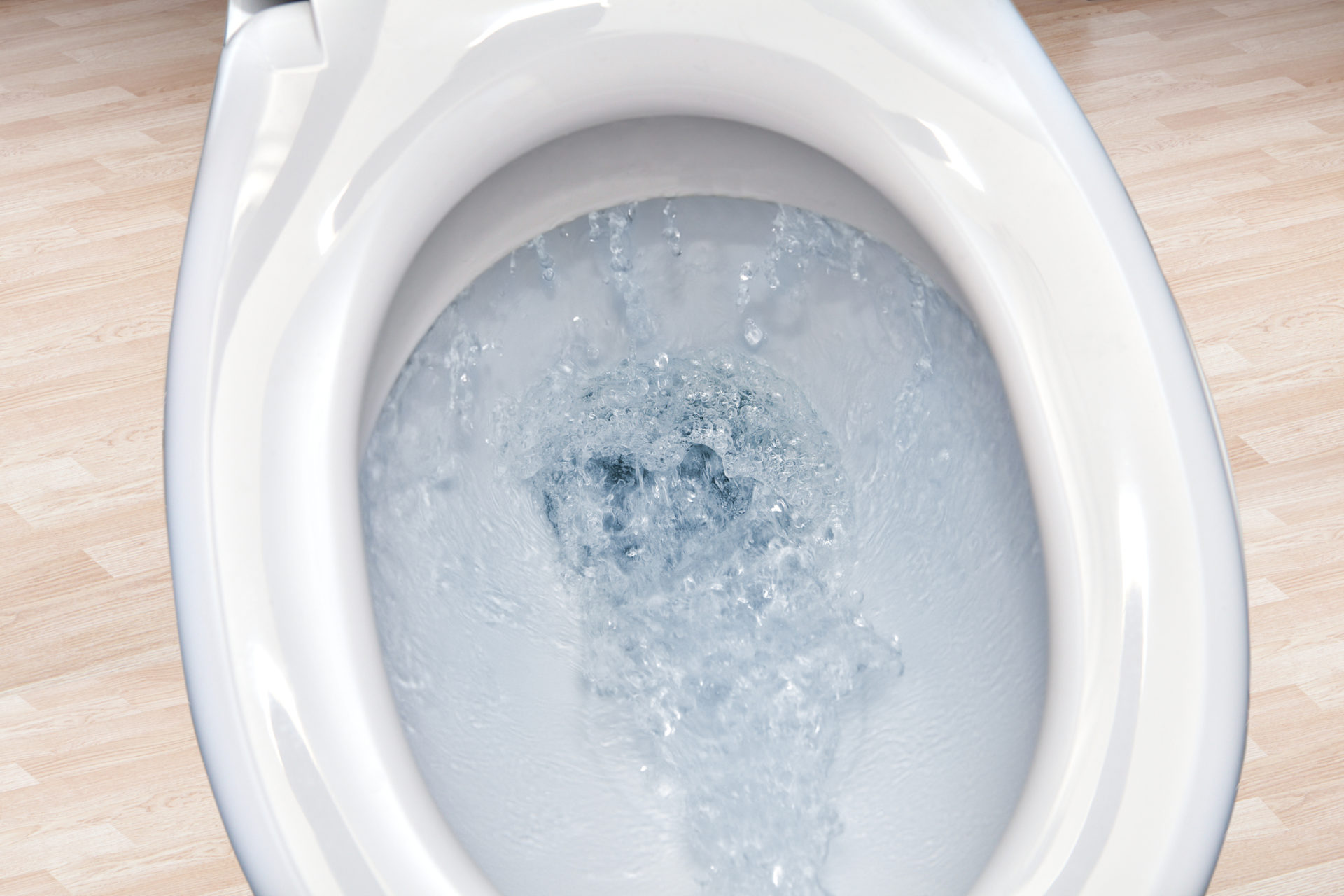
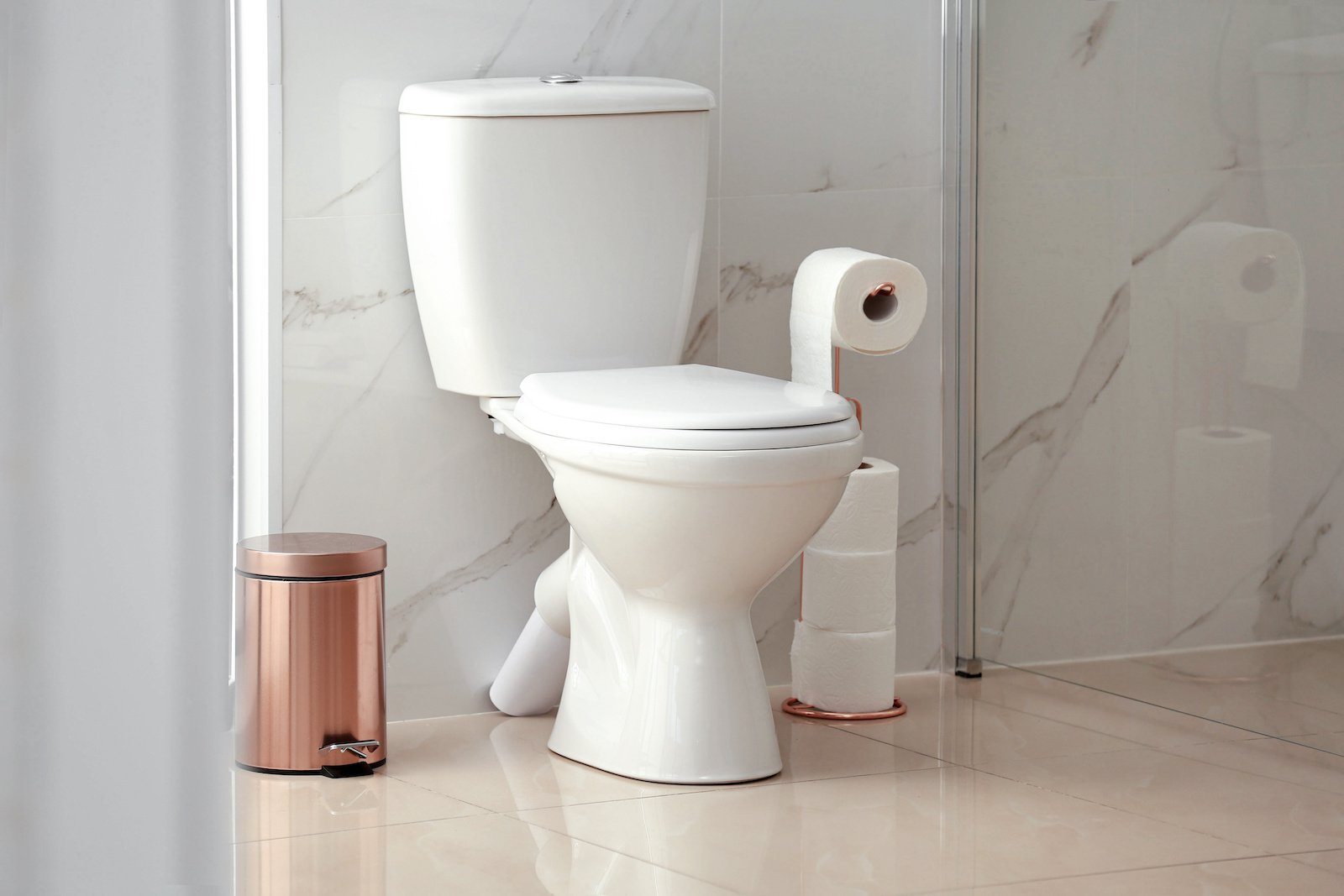
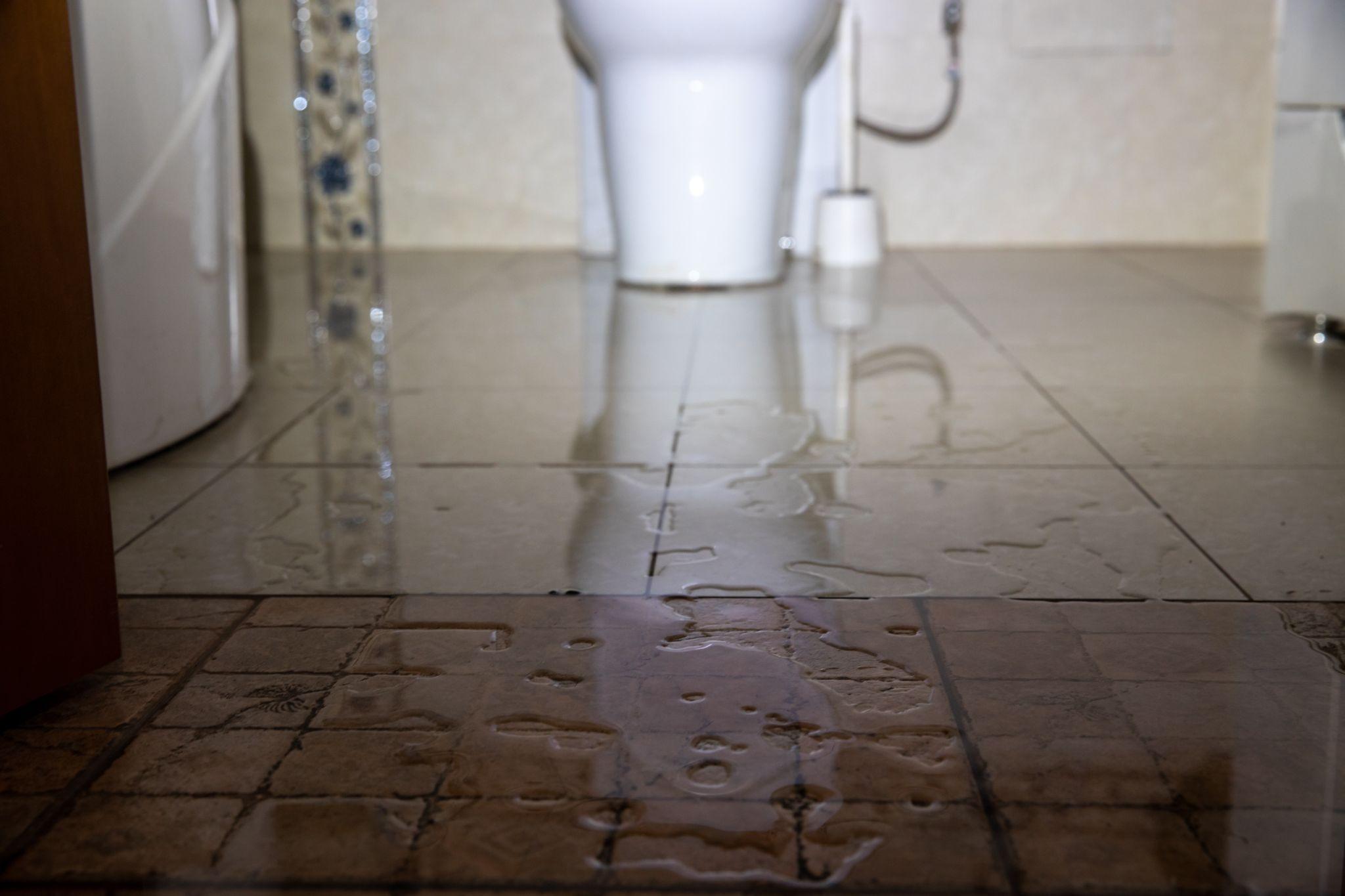
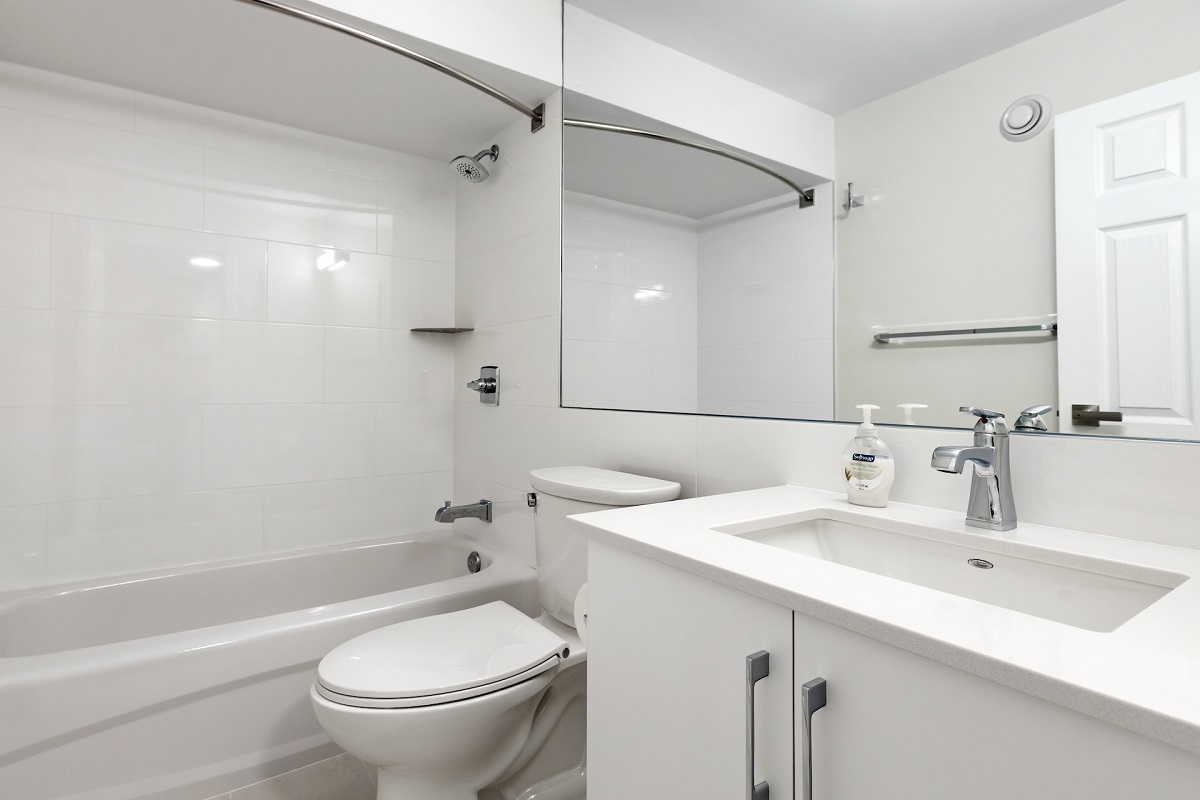

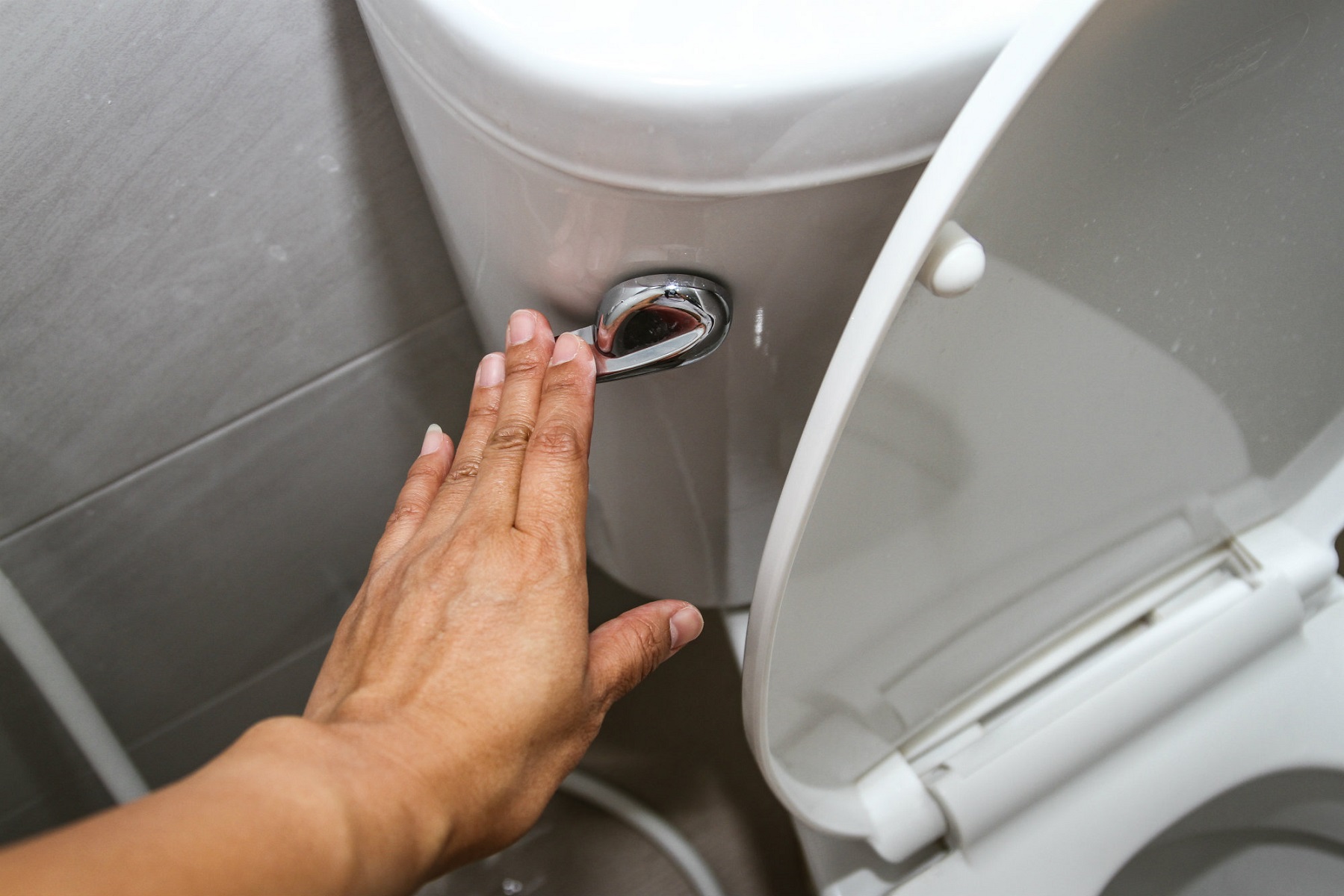
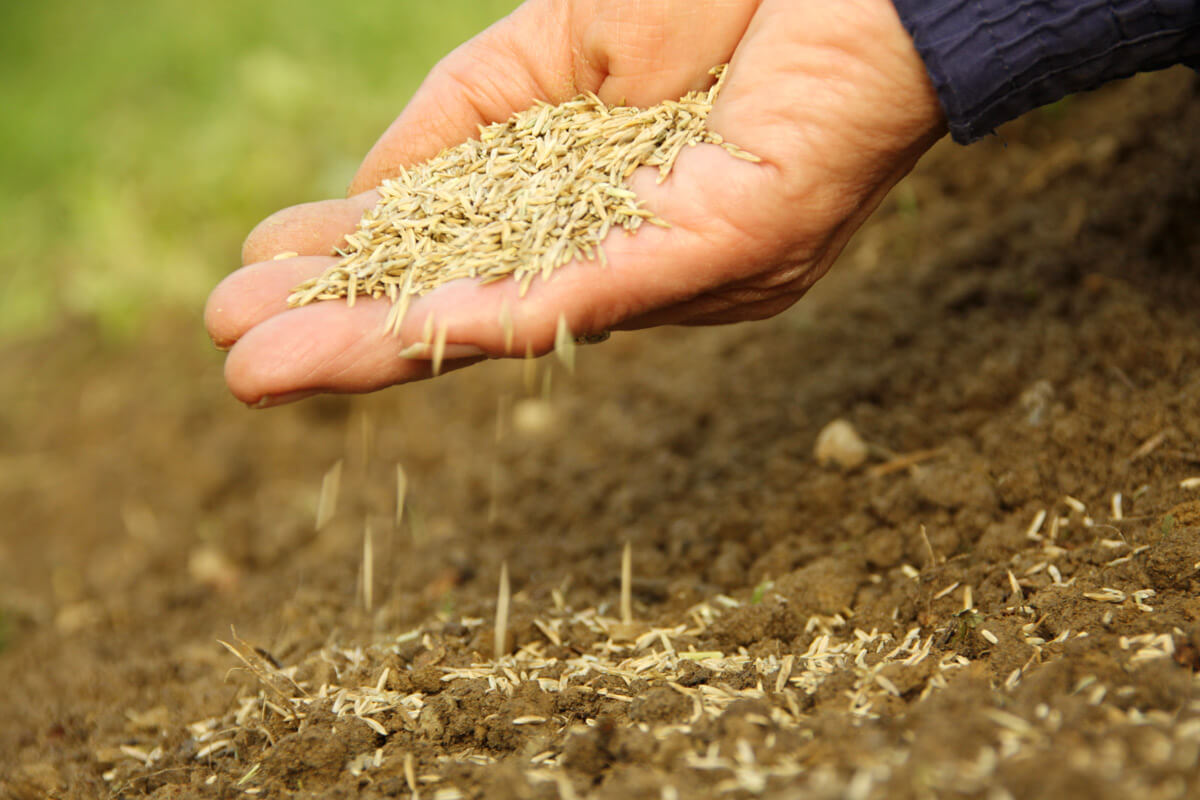

0 thoughts on “Can You Flush The Toilet When The Power Is Out”